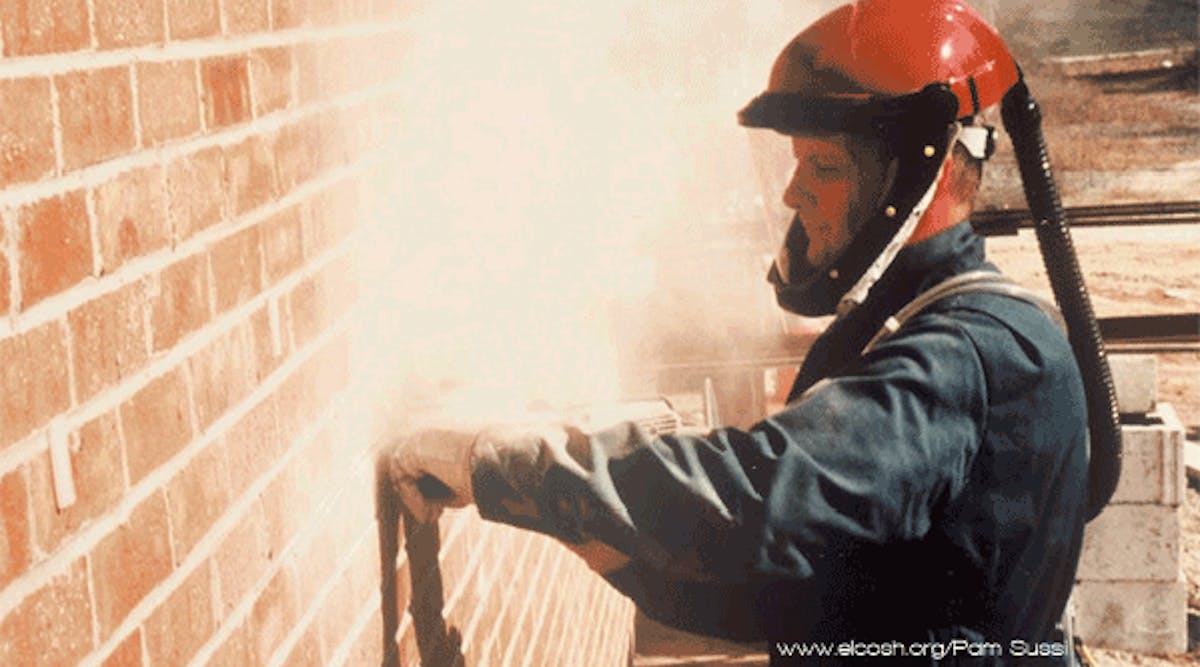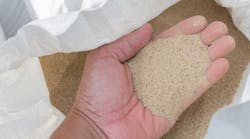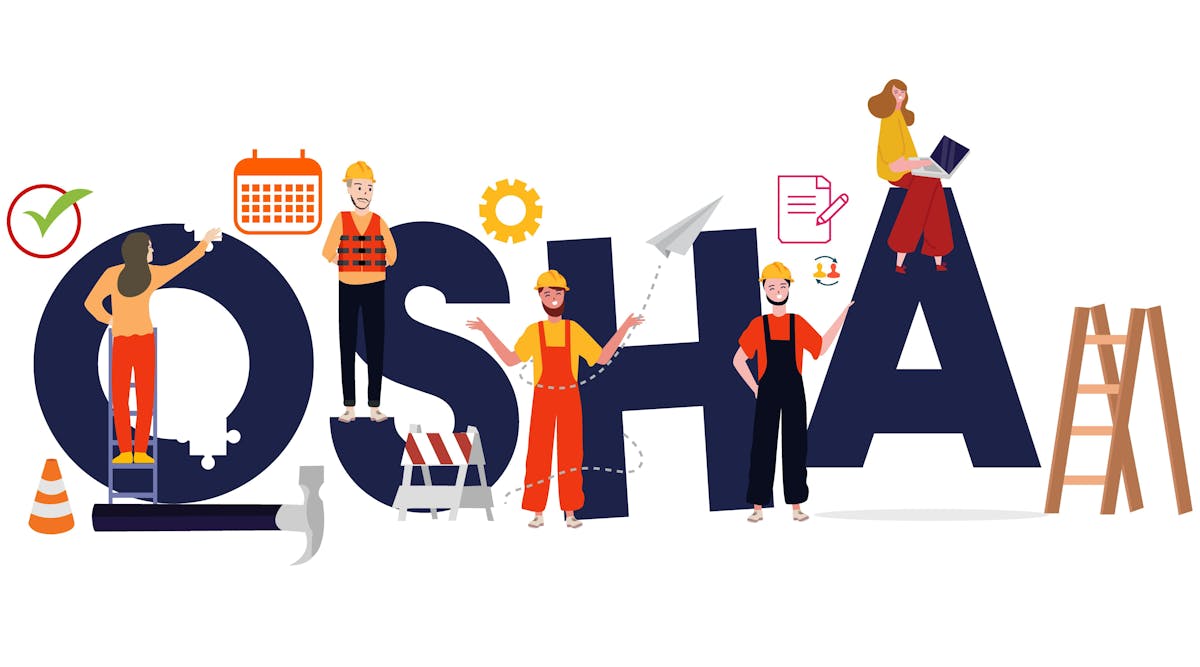On March 25, 2016, OSHA published the long-awaited respirable crystalline silica rule, which the agency says will affect 2 million construction workers who drill, cut, crush or grind silica-containing materials such as concrete and stone, and 300,000 workers in general industry operations such as brick manufacturing, foundries and hydraulic fracturing.
This rule took effect on June 23, 2016, after which industries have one to five years to comply:
- Construction – June 23, 2017, one year after the effective date.
- General Industry and Maritime – June 23, 2018, two years after the effective date.
- Hydraulic Fracturing – June 23, 2018, two years after the effective date for all provisions except Engineering Controls, which have a compliance date of June 23, 2021.
It should be noted that the rule is being legally challenged through the courts and it is possible it may be quite different after these legal processes.
OSHA published two standards for respirable crystalline silica; one for the general and maritime industries and the other applicable to the construction industry. In this three-part series, we will address the current provisions of the new standard applicable to the general and maritime industries. These articles are not meant to be the complete regulatory text of the standard, but rather a superficial summary. Employers should review the standard from the OSHA website.
The Hazard and the Old PEL
Silica is a mineral that can be found in the amorphous and crystalline state, the main difference is the crystalline state has atoms arranged in a repeating pattern. Crystalline silica mainly is found in the forms of quartz, cristobalite and tridymite and is known to cause health effects such as silicosis, lung cancer, chronic obstructive pulmonary disease (COPD) and kidney disease.
Currently, OSHA’s permissible exposure limit (PEL) for respirable crystalline silica is not a value but rather a formula (contained in 29 CFR 1910.1000 Table Z-2), used to estimate the employee’s exposure based on the silica percentage found in an air monitoring sample. This exposure limit was adopted from the 1968 Threshold Limit Values recommended by the American Conference of Governmental Industrial Hygienists (ACGIH).
For example, if dust collected in the working atmosphere is 100 percent quartz, OSHA’s permissible exposure limit would be 100 µg/m3 (100 micrograms per cubic meter of air). The value will be lower if crystalline silica in the cristobalite and/or tridymite form also are present. If 0 percent is found in the sample, the exposure limit is 5 mg/m3, which is the same as the PEL for particulates not otherwise classified in the respirable range. These values are based on an 8-hour time weighted average.
In 1974, the National Institute for Occupational Safety and Health (NIOSH) recommended that employees should not be exposed to respirable crystalline silica levels above 50 µg/m3 without any kind of protection. Under the new standard, the PEL will not be based on a formula but rather a specific number.
New Permissible Exposure Limit
The new PEL is 50 µg/m3 with an action level of 25 µg/m3. These values will take in consideration all forms of crystalline silica (the sum of all types of crystalline silica present in the work atmosphere collected in the air sample). Does that mean employers need to do air monitoring, even if prior testing were done? The short answer is… it depends.
Using a hypothetical example, let’s say that one of the tasks at ABC Company involves the use of silica sand that is 100 percent quartz (documentation is available showing that only the quartz form is present). The safety manager of the company hired an industrial hygienist three years ago to do a series of assessments to determine the employee’s personal exposures to crystalline silica. The production process, controls and production volume are the same as during the assessments.
If the safety manager has the knowledge, she/he could review the report and re-interpret the laboratory results (if they were included in the report) or ask the industrial hygienist to review the assessment and compare the results to the new limits. If the company has never done any kind of assessment in the past, the new standard requires employers to perform an initial assessment or a performance based option (this will be covered in our next blog).
How about if ABC Company only has industrial hygiene data related to quartz but not the other forms of crystalline silica; and the company does not have any objective data indicating otherwise? In this case, re-assessment of the work areas would be recommended.
Our next article on this topic will be published tomorrow and will address what requirements apply if exposures are above the action level or the PEL.
(Editor’s Note: This article and the other articles in this series are reprinted with permission from The MEMIC Group, specialists in workers' compensation insurance. These and other articles can be found in Safety Net, the All About Workplace Safety Blog published by The MEMIC Group.)




















































































